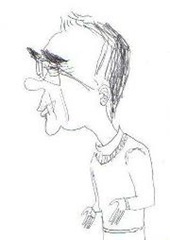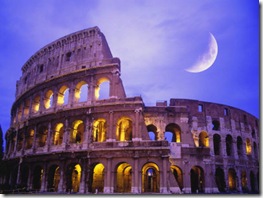There is one thing on which many Christians today agree--we need
genuine revival. Faced with rising violence, economic recession, and a
growing sense of despair, we recognize that our fundamental challenge is
not political or social; it is spiritual. And because such challenges
require divine insight and strength, we can benefit from reviewing the
landscape of Christian history to learn from previous generations. Of
the many persons and movements one might consider, Charles Haddon
Spurgeon is especially instructive since his legacy demonstrates
precisely what is most needed today.
When the 19-year-old Spurgeon received a call to the New Park Street
Church in April 1854, the church was fledgling and less than healthy;
but within ten months the congregation grew to such a size that it was
forced to move to Exeter Hall. Before long even Exeter Hall was
inadequate, which caused another move, this time to Surrey Gardens Music
Hall, where Spurgeon preached to more than 9,000 men and women each
Sunday. The ministry continued to flourish, so much that on October 7,
1857, the Prince of Preachers addressed a record crowd of 23,654 in the
famous Crystal Palace. Something extraordinary was happening. Continue at Chris Castaldo



